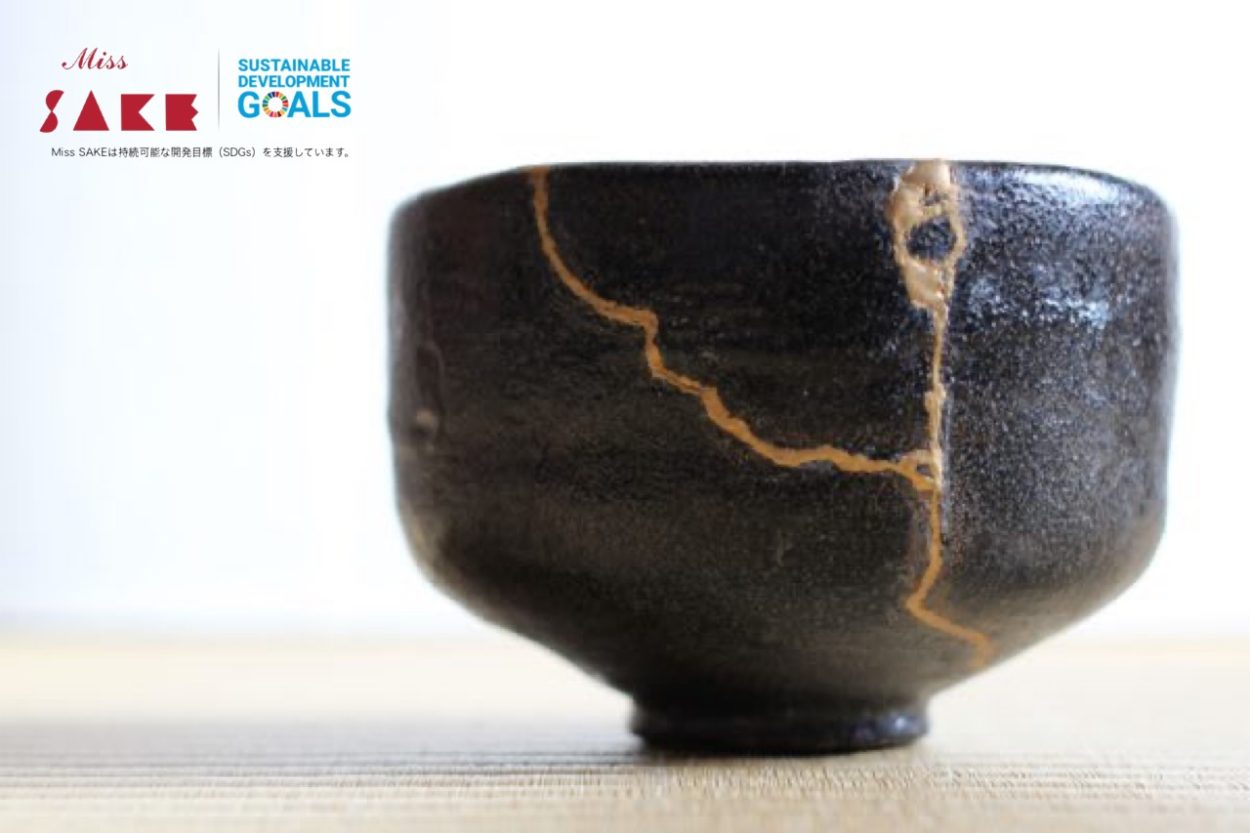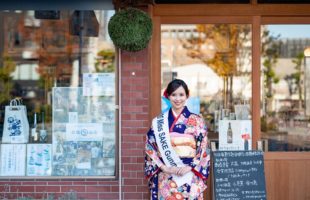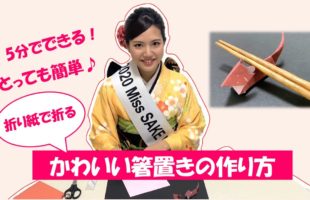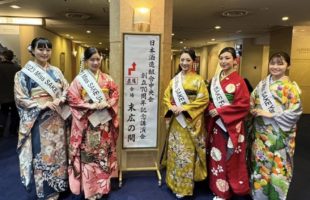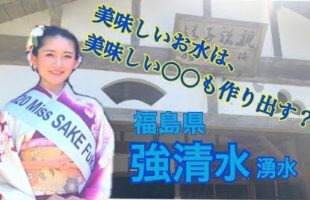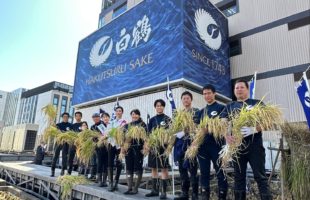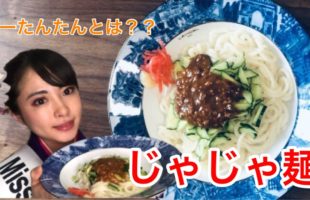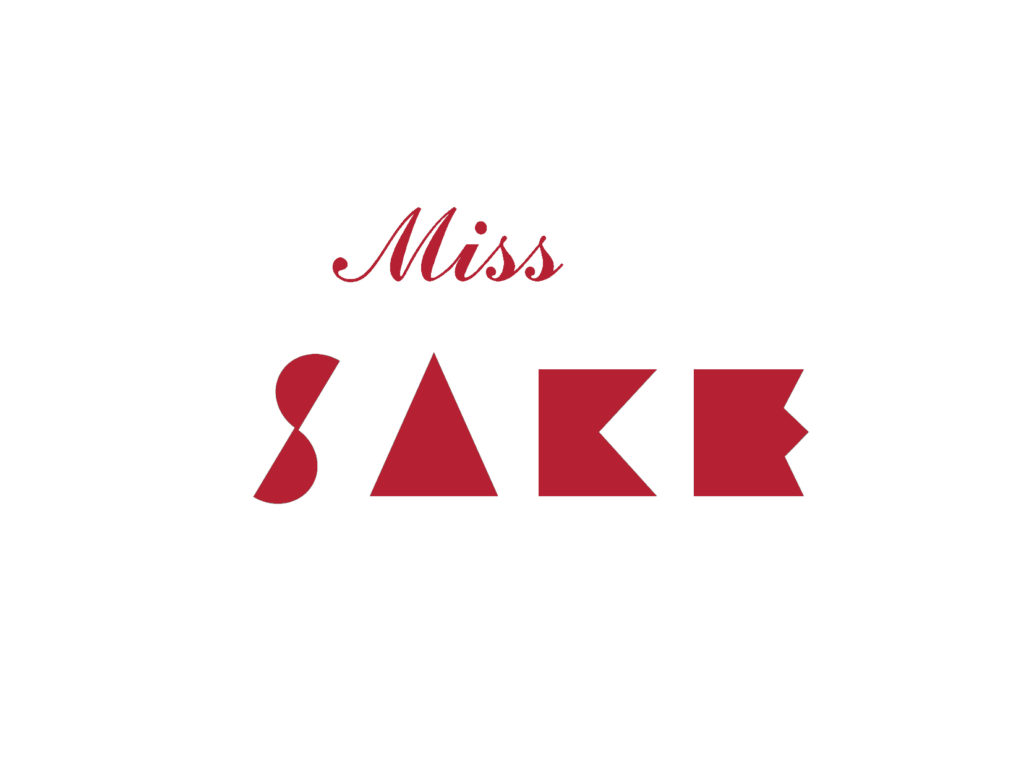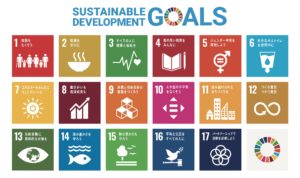Mottainai; Japan’s Eco-Friendly Philosophy [Kintsugi]
[English follows]皆さま、こんばんは。
2020 Miss SAKEの松井詩です。
獣医師を志す私が、SDGsにまつわる様々なコンテンツをご紹介するこのコーナー。
本日は、日本の美徳の真髄ともいえる「もったいない」の精神、この言葉が生んだ日本の伝統技術をご紹介していきたいと思います。
2004年に環境分野で初のノーベル平和賞を受賞したケニア人女性、ワンガリ・マータイさん。
マータイさんが、2005年の来日の際に感銘を受けたのが「もったいない」という日本語でした。
Reduce(ゴミ削減)、Reuse(再利用)、Recycle(再資源化)という環境活動の3Rをたった一言で表せるだけでなく、かけがえのない地球資源に対するRespect(尊敬の念)が込められている言葉、「もったいない」。
マータイさんはこの美しい日本語を環境を守る世界共通語「MOTTAINAI」として広めることを提唱したのです。
そんな「もったいない」という言葉は、古くから私たちの生活の知恵として、人々を支えてきました。
それもそのはず、江戸時代は現代のような「地球環境問題」は存在しなかったものの、モノが不足し、あらゆるモノを資源として再利用しなければならない時代だったのです。
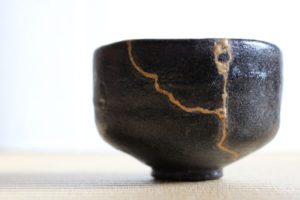
本日ご紹介するのは、今、海外でも注目される【金継ぎ】。
【金継ぎ】は古来の日本人の生活を支えた「もったいない」精神が生んだ、伝統的な芸術の一つです。
金継ぎは金粉を使った器(うつわ)の修理方法で、別名を金繕い(きんつくろい)。
室町時代から続くこの伝統技術は、漆(うるし)と金粉を混ぜ合わせたものを接着剤として使うことで、見た目も華やかに欠けた部分や割れた部分を修復することができるのです。
伝統技術として受け継がれてきた日本伝統文化の【金継ぎ】は、今や、アメリカ・ニューヨーク州をはじめ、イタリア、ドイツ、フランス、イギリス、オランダ、デンマークなど世界中の多くの方々に愛されています。
その理由の一つが、『金継ぎ』が壊れてしまった陶磁器を修復するだけにとどまらず、それ以上の芸術的な価値を吹き込み“新たな作品として蘇らせる”という技法であるということ。
ごくありふれた器が『金継ぎ』によって、世界で唯一無二のモノとして蘇生し、より一層の深い美と価値を生み出すことができる“技術と芸術”の融合として捉えられているのです。
世界中で発展した陶磁器を修復する高度な技術は全て壊れる前の状態をどれだけ再現できるかというもの。
それに対して『金継ぎ』は、破損した陶磁器に新たな魅力を見出す創作であり、その対照的な精神性から、“日本古来の美”を感じることができると称賛されています。
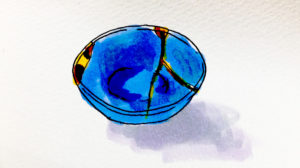

また、前述した“芸術性”以外の面においても、『金継ぎ』は海外から注目を集めております。
それこそが、古来より日本人が持ち続けてきた【もったいない】という「心」。
日常生活のなかで、お皿やカップなどの器が割れてしまったとすれば、すぐ新しい物が手に入る21世紀。
何不自由のない現代だからこそ、“モノの有り難み”を感じる心が薄れてしまっているのかもしれません。
海外では、【金継ぎ】という日本の古人が見出した“もったいない”という「心」が生み出した美学から、学びを深め生活を見つめ直す方が増えてきているのです。
大切に扱ってきた思い入れのあるモノを、自分の手で新たなモノとして蘇らせ愛着を持って大事に使い続けていく。
そんな精神性が今、注目を集めています。
古来の日本より受け継がれ、人々の生活を支えてきた『もったいない』という言葉。
現代を生きる我々が直面する問題を解決する糸口が、日本伝統文化の中に存在するのかもしれませんね。
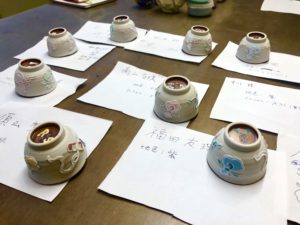
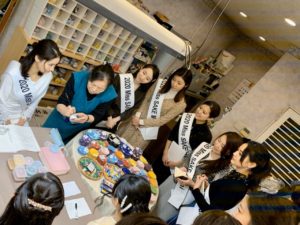
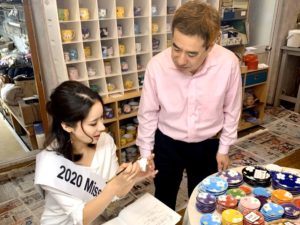
お写真は昨年2月16日に行われました第11回ナデシコプログラムにて、清水焼窯元平安陶花園代表 伊藤南山様に教えていただきファイナリスト全員が陶器の色付け体験を行った際のものです。
今でもこの酒器を使うと、2020 Miss SAKE ファイナリストを初め、数多くの方々に支えられ、沢山の学びを得た日々が鮮明に脳裏に浮かびます。
モノに宿る数々の思い出や、人の想い。
今までも、そしてこれからも。ずっとずっと大切に使い続けていきたいと、改めてそう思いました。
お読みいただき、ありがとうございました。
2020 Miss SAKE 松井詩
[For English Speakers]
Mottainai is an ancient Buddhist term from Japan that means to have respect for the resources around you, to not waste resources, and to use them with a sense of gratitude.
The concept is closely associated with the conservation practices that people most commonly recognize as the three R’s – reduce, reuse, recycle – with a fourth R for respect.
In Kenya, the Mottainai campaign was initiated by Professor Maathai to eliminate waste plastic from littering the natural environment.
So how has the word Mottainai became a important word in Japan?
The time is 19th century Japan. At the time Edo was the center of Japanese politics and culture for nearly three centuries.
During this time, the working class had the means and leisure time to enjoy ukiyo, a floating world of popular art, fashion, and entertainment eagerly consumed by the masses.
But despite the excesses, the concept of mottainai helped to moderate society.
Long before our current dependency on single-use plastics, synthetic fabrics, and other environmentally damaging items, Edoites lived in a self-sustaining environment of conscious consumption that conserved resources like wood and paper, textiles, and porcelain.
This mindful use of resources gave rise to the culture of mottainai, a simple but powerful phrase that conveys the wasted opportunity of objects that have yet to reach their full potential.

Perhaps the most well-known method of recycling in Edo Japan is kintsugi, a beautiful yet practical method of mending broken ceramics with lacquer and gold pigment.
Pottery and stoneware were valuable commodities and merely replacing cracked or broken items was a costly (and foolish) endeavor.
Edoites used kintsugi to extend the use of household goods while appreciating the fragility of life and its perceived flaws.
In the present day, kintsugi is a wonderful means to preserve both treasured ceramics and everyday kitchenware.
As a modern day wellness practice, kintsugi urges practitioners to find success within failure and the beauty in life’s shortcomings.
Along with using kintsugi as a method to heal through recycling, we can also find the beauty in repurposing clothing and household items by adapting a mottainai mindset.
Kintsugi is about more than repairing individual objects, but can be a symbol for bringing together disparate cultures, and creating something stronger and more beautiful in the process.


By looking to Edo Japan for inspiration, we find that the path to sustainable and eco-friendly practices starts with conscious consumption and a shift to items that can be used, reused, and repurposed readily.
As our global society pushes the earth to its environmental limits, it’s up to individuals to forge our own path to sustainability.
As we step away from single-use plastics, synthetic fabrics, and focus on resource conservation, perhaps these new practices of the 21st century will inspire future generations to live sustainably.
Thank you very much for reading.
Shihori Matsui, 2020 Miss SAKE Japan

